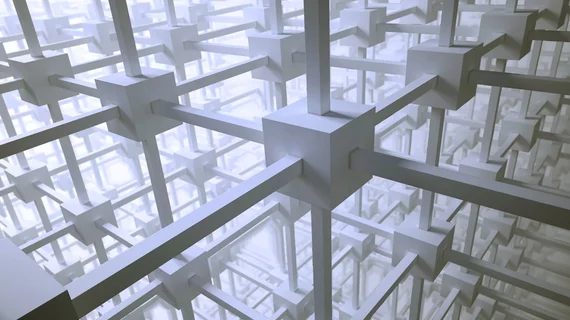Why the FHIR interoperability standard is great for radiology
Fast Healthcare Interoperability Resources (FHR), the interoperability standard developed for the exchange of healthcare information, can dramatically improve patient care, according to a study published in the Journal of Digital Imaging.
“It has been shown that by eliminating barriers by making health data accessible, application development, innovation, and technologic growth is the natural result,” wrote authors Peter Kamel, MD, and Paul Nagy, PhD, of the department of radiology at Johns Hopkins Medicine in Baltimore. “This is particularly true with a standard like FHIR that is developer-friendly and up-to-date with current technology standards. In the field of radiology, FHIR can serve to integrate information previously separated across different software platforms and offer a more clinically relevant and patient-centered workflow.”
FHIR, the authors explained, functions as an application program interface (API) for developers looking to access data from the electronic medical record (EMR). Users can search for specific patient data, laboratory results, allergies, prior surgeries, prior imaging results, clinical notes and more with a quick query.
At the 2016 SIIM Hackathon, participants were challenged with developing software integrations using standards such as FHIR. A sample of a clinically integrated platform showed how integrating relevant data from the EMR into a radiologist’s workflow could be a game-changer for patient care.
“Instead of having a worklist driven by imaging, at the forefront is the patient with the relevant clinical information logically organized,” the authors wrote. “With API tools like DICOMWeb, medical images can be directly embedded into the clinical workflow. API access to the data in the FHIR server also offers real-time quality metrics. All these features can be streamlined into a single platform which can unify the radiology workflow into a cohesive user experience driven by a patient-first clinical focus.”

